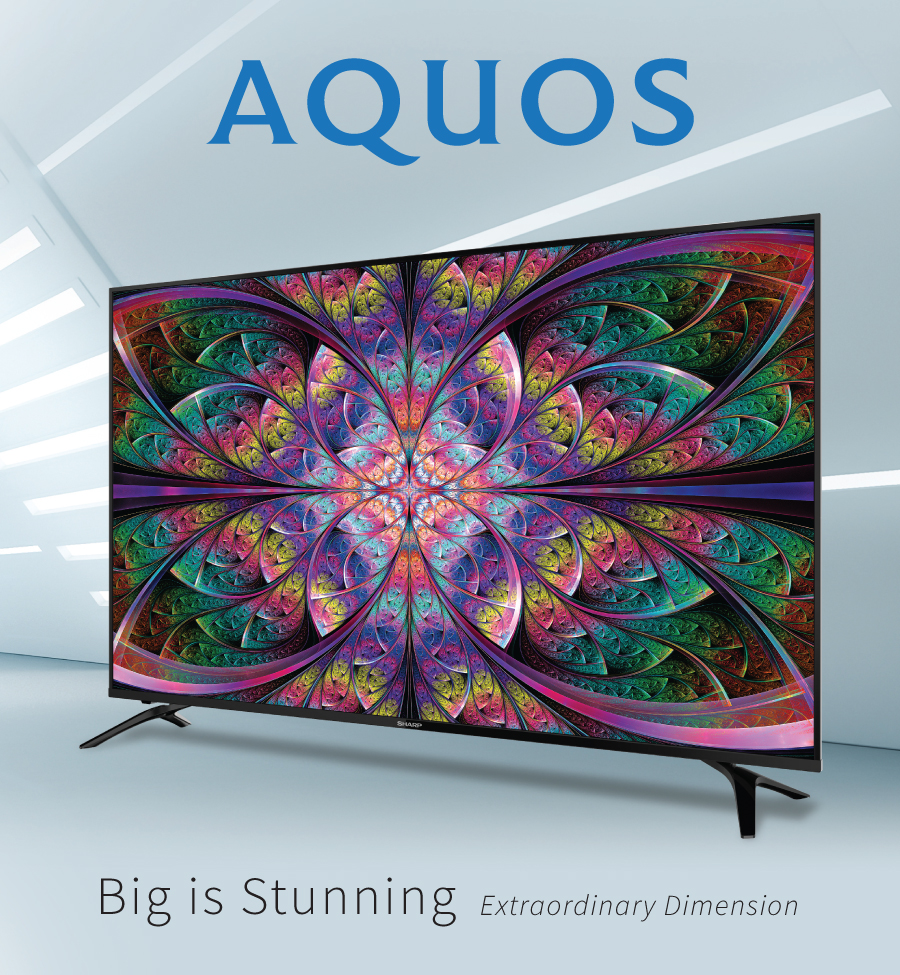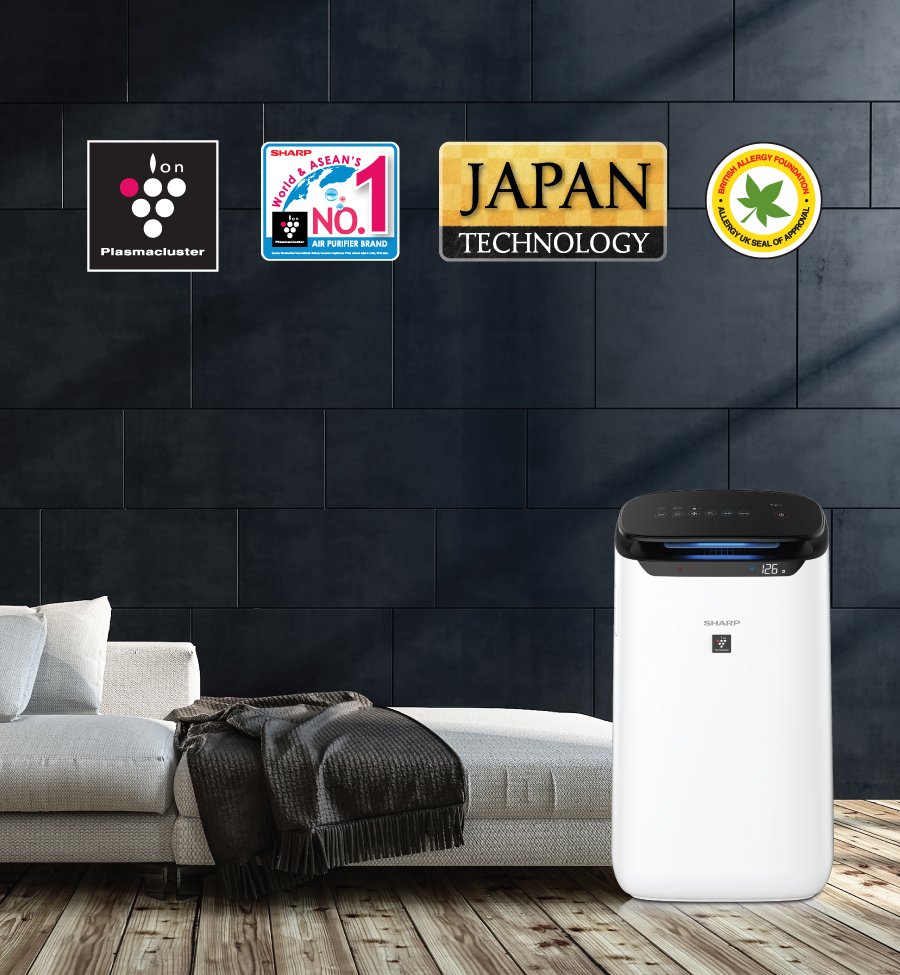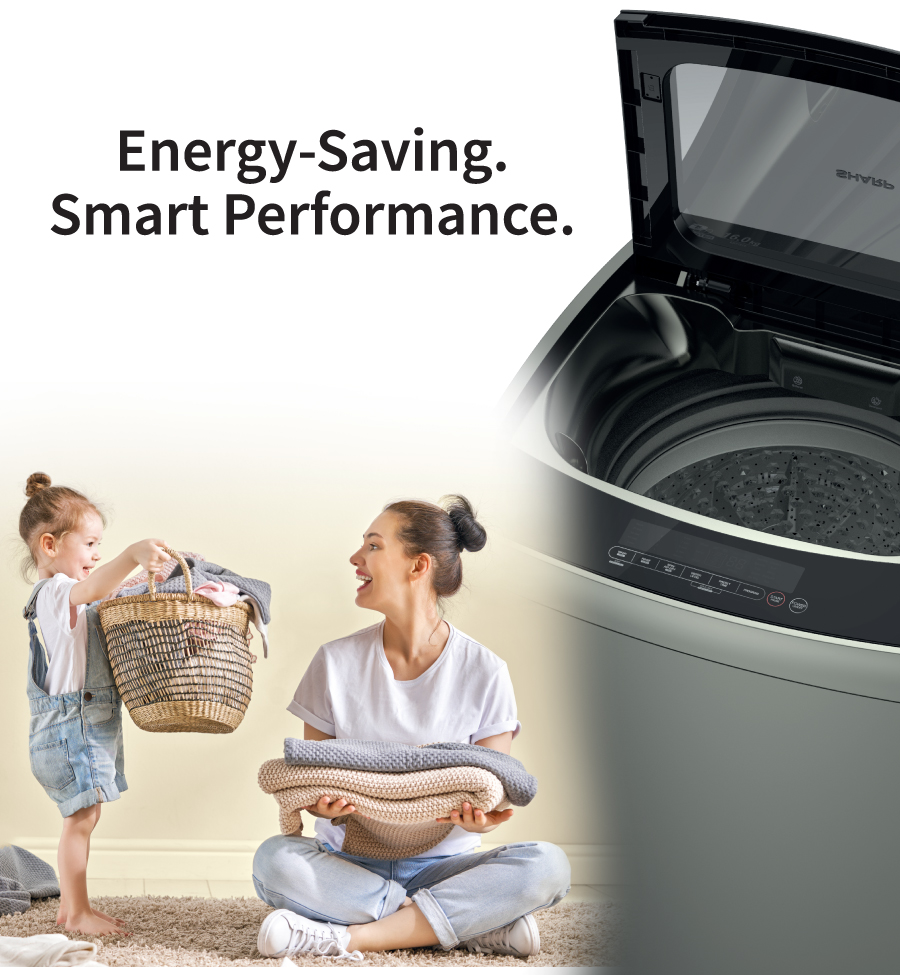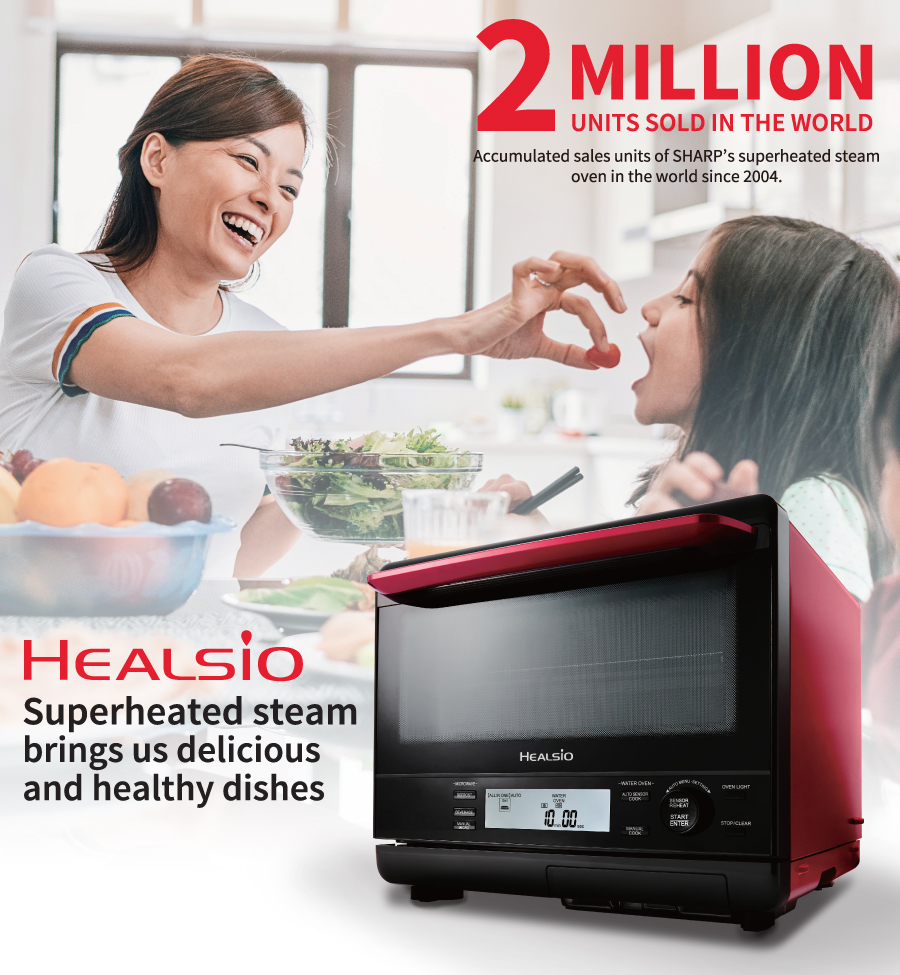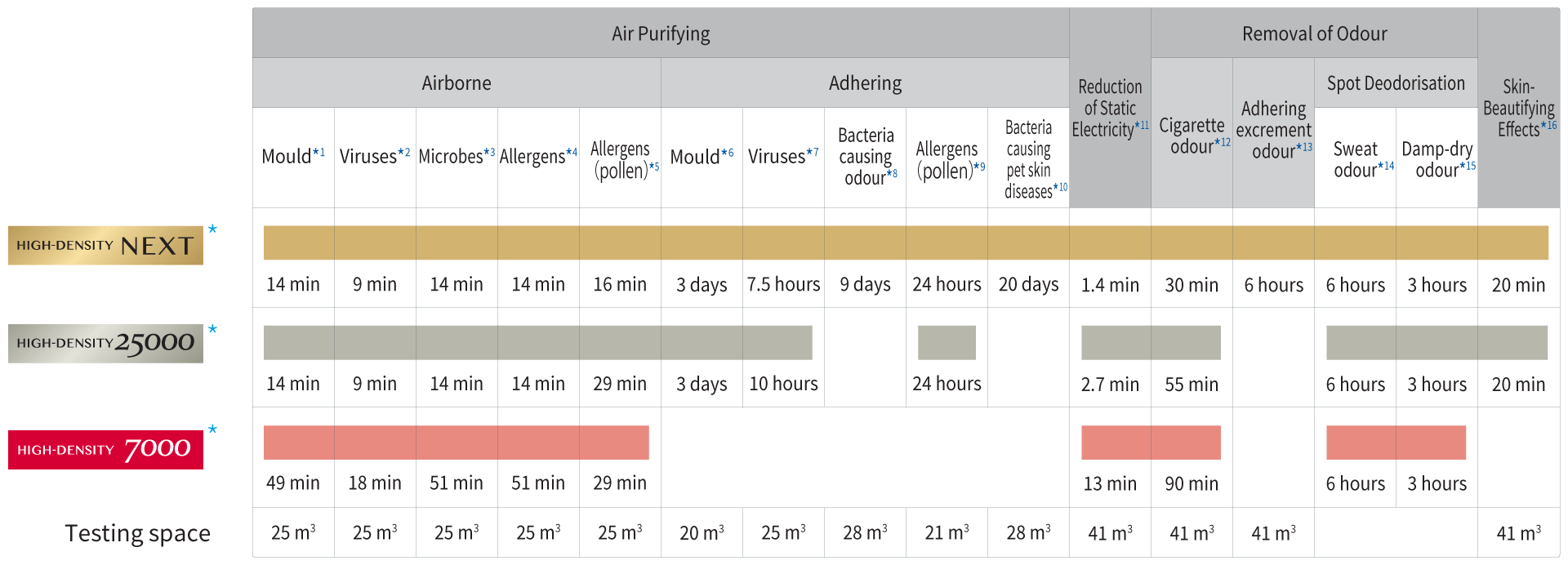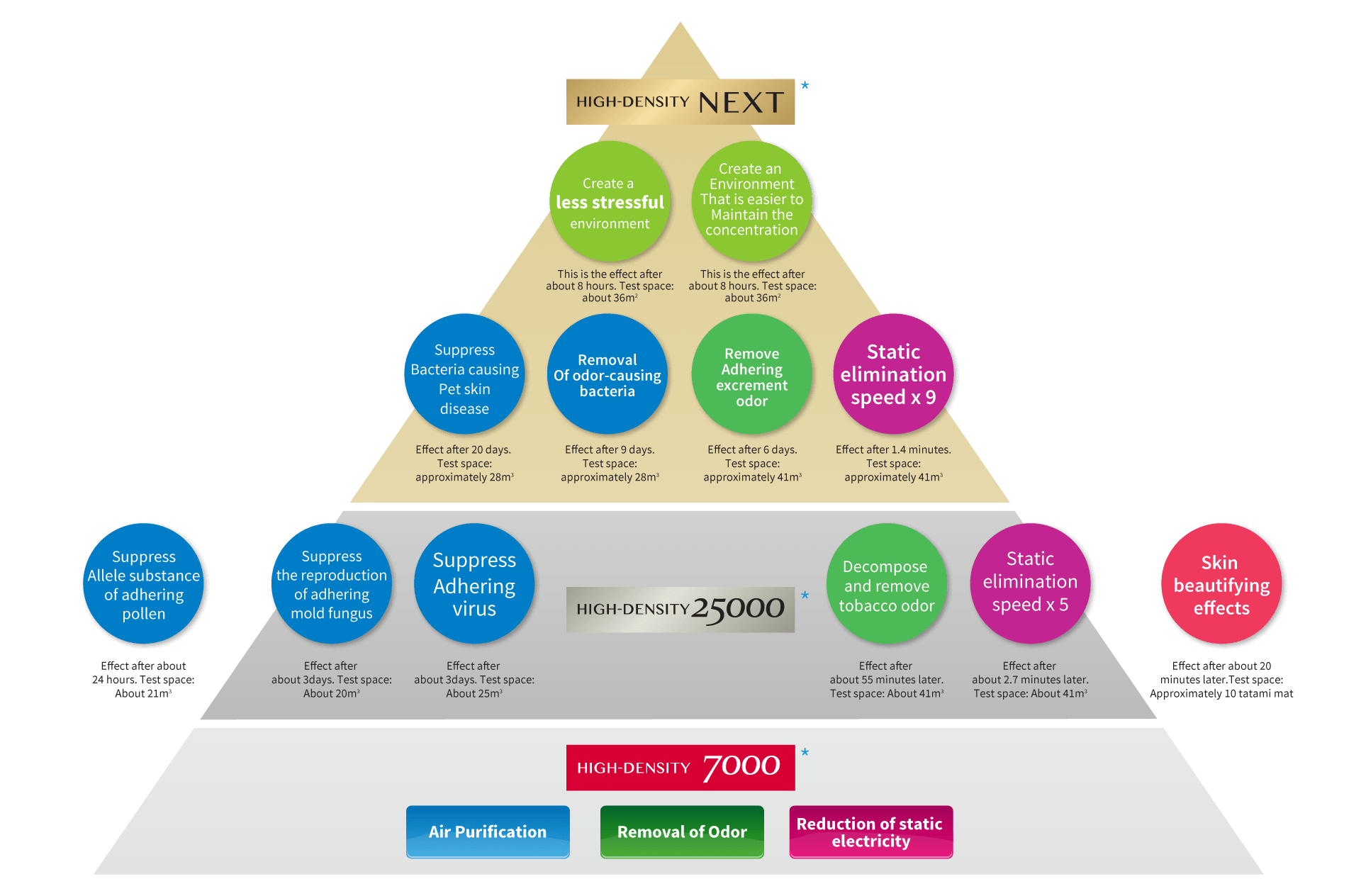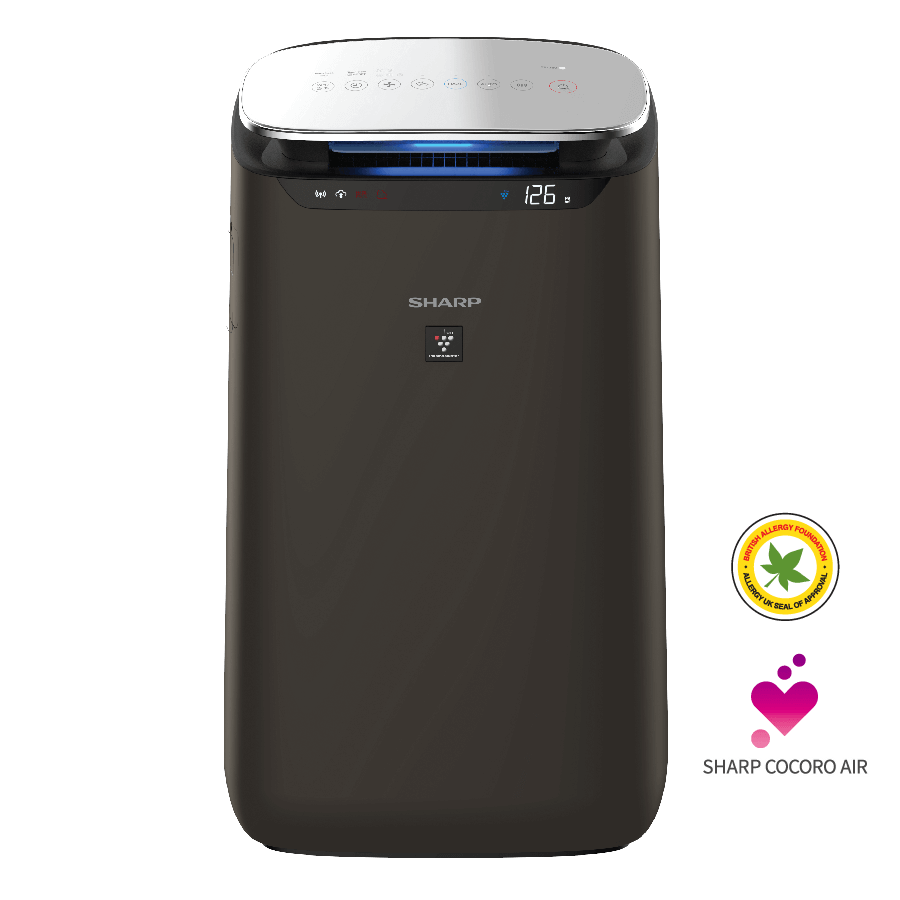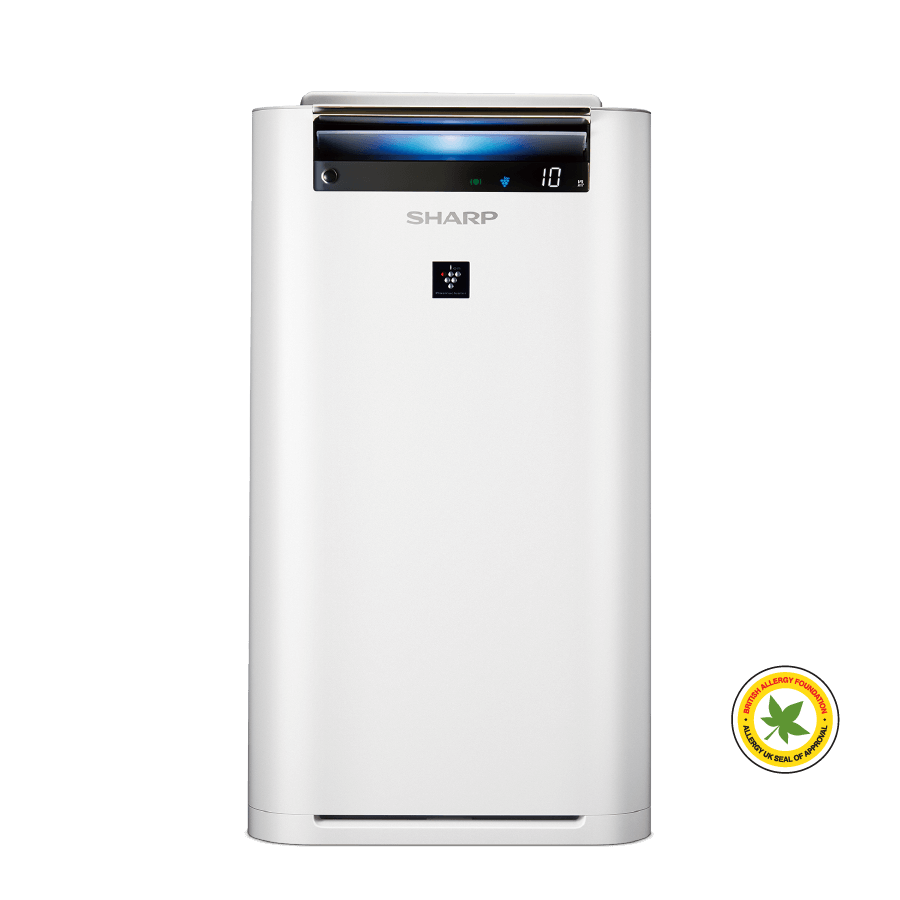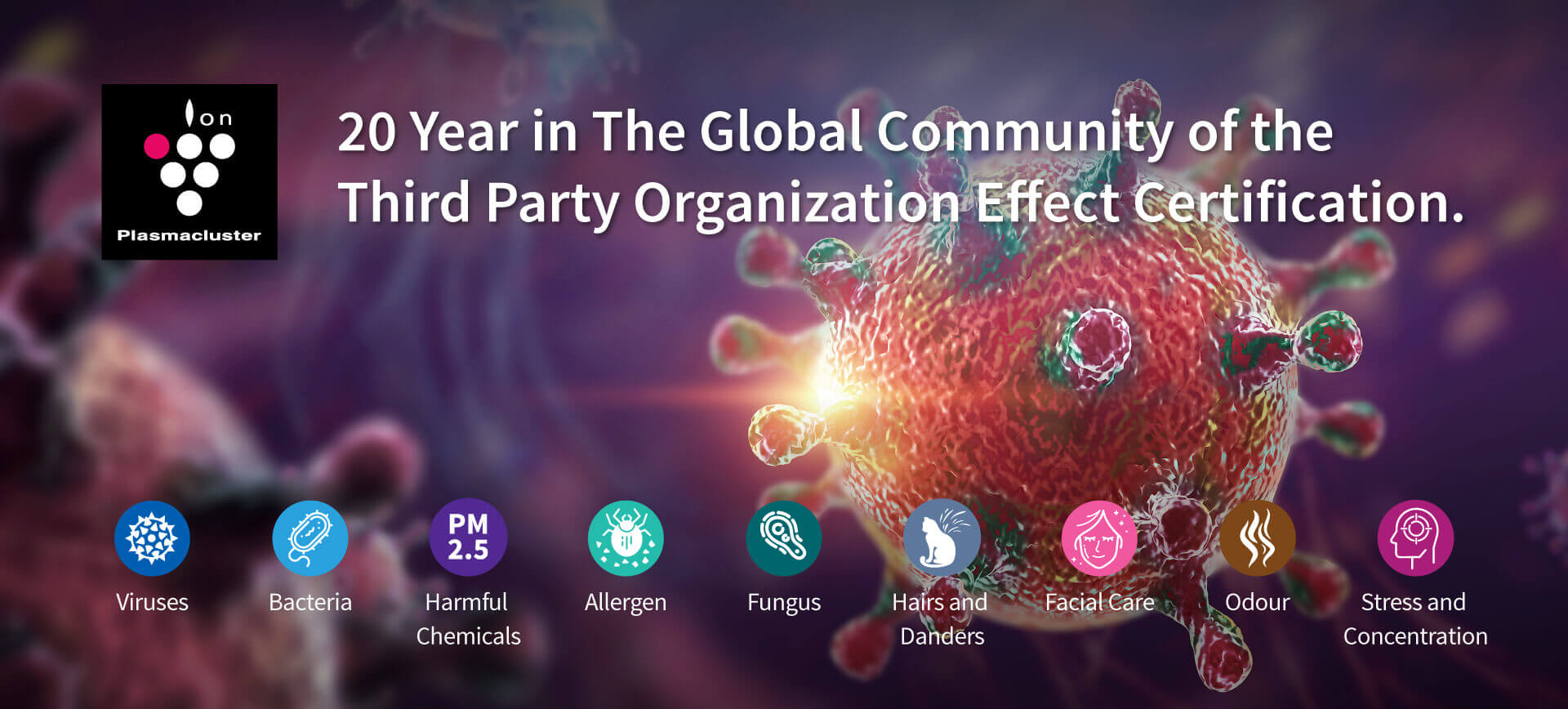
Verification by Organisation
Floating H1N1 influenza virus
Inhibition rate: 99%
Kitasato Institute Medical Center Hospital
Suppression rate: 99.7%
Suppression rate: 99.7%
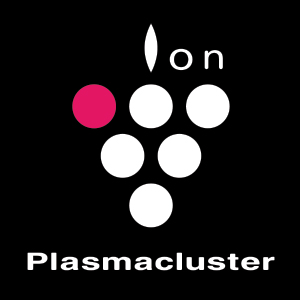
Mechanism of Plasmacluster Ions

ION Emission
Plasmacluster ions, the same positive and negative ion found in nature, are generated by plasma discharge and release to the air.
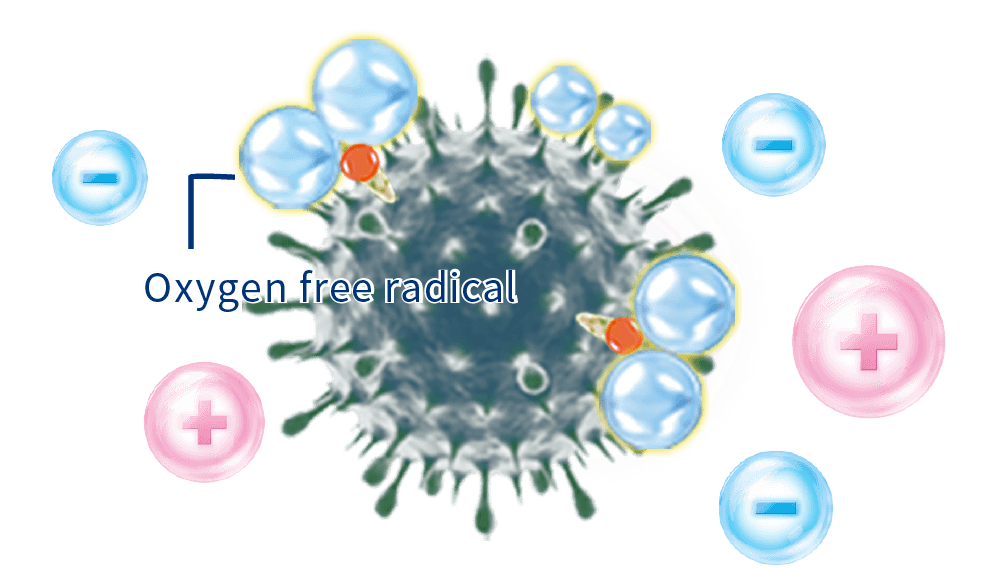
Effect on viruses, bacteria and mold
This ions form hydroxide (OH) radicals that are highly oxidising only when they adhere to the surface of mold and viruses. They instantly remove the hydrogen from the surface protein, breaking them down.
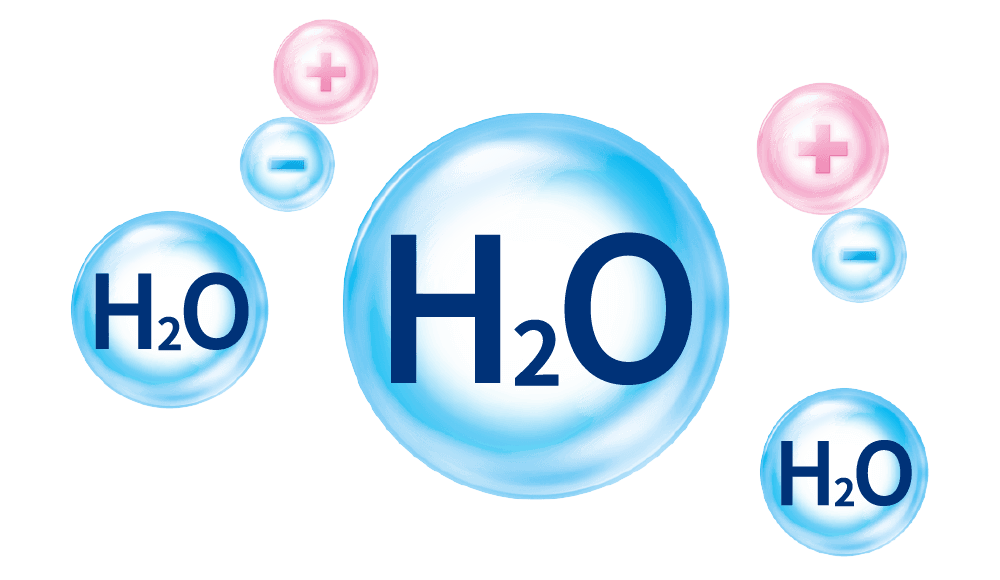
Return into the air
The hydroxide (OH) radicals combine with hydrogen (H) to form water (H2O) which returs to the air.
The Effectivness of Plasmacluster Ion High Density
* The number in this technology mark indicates an approximate number of ions supplied into air of 1 cm3, which is measured around the center of the applicable room floor area (at 1.2 m height above the floor) when the product is placed close to a wall at the MED mode setting.
SHARP Air Purification Technology from Natural Purification Power
* Note: Above data are verified under the test condition. The effects may differ depending on the actual usage/environment.
A Major Breakthrough
in Air Care Quality
Sharp’s Plasmacluster technology-equipped product sales reach 90 million unit worldwide and JAPAN & ASEAN’s No.1 air purifier brand as per the consumer appliances 20ed 2019 report by Euromonitor International Limited.
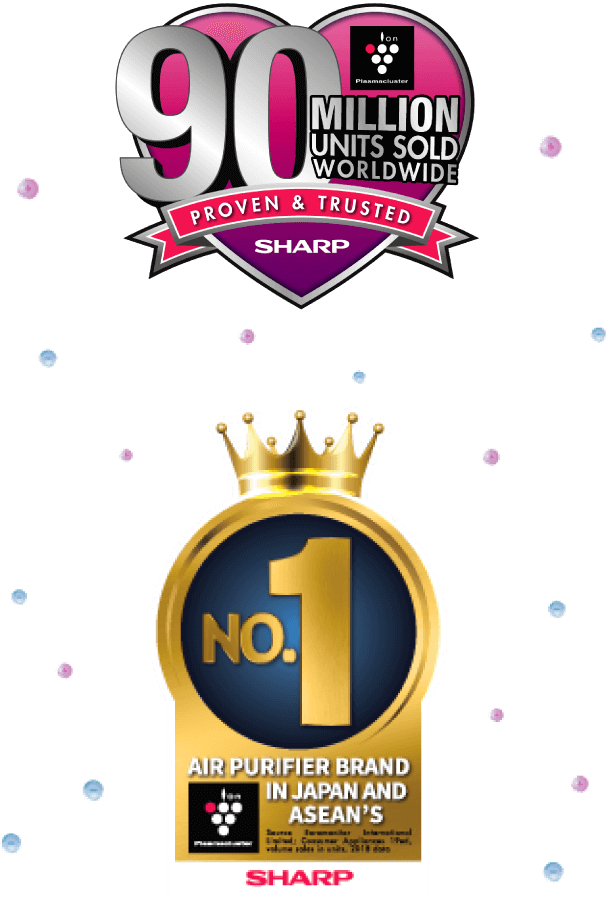
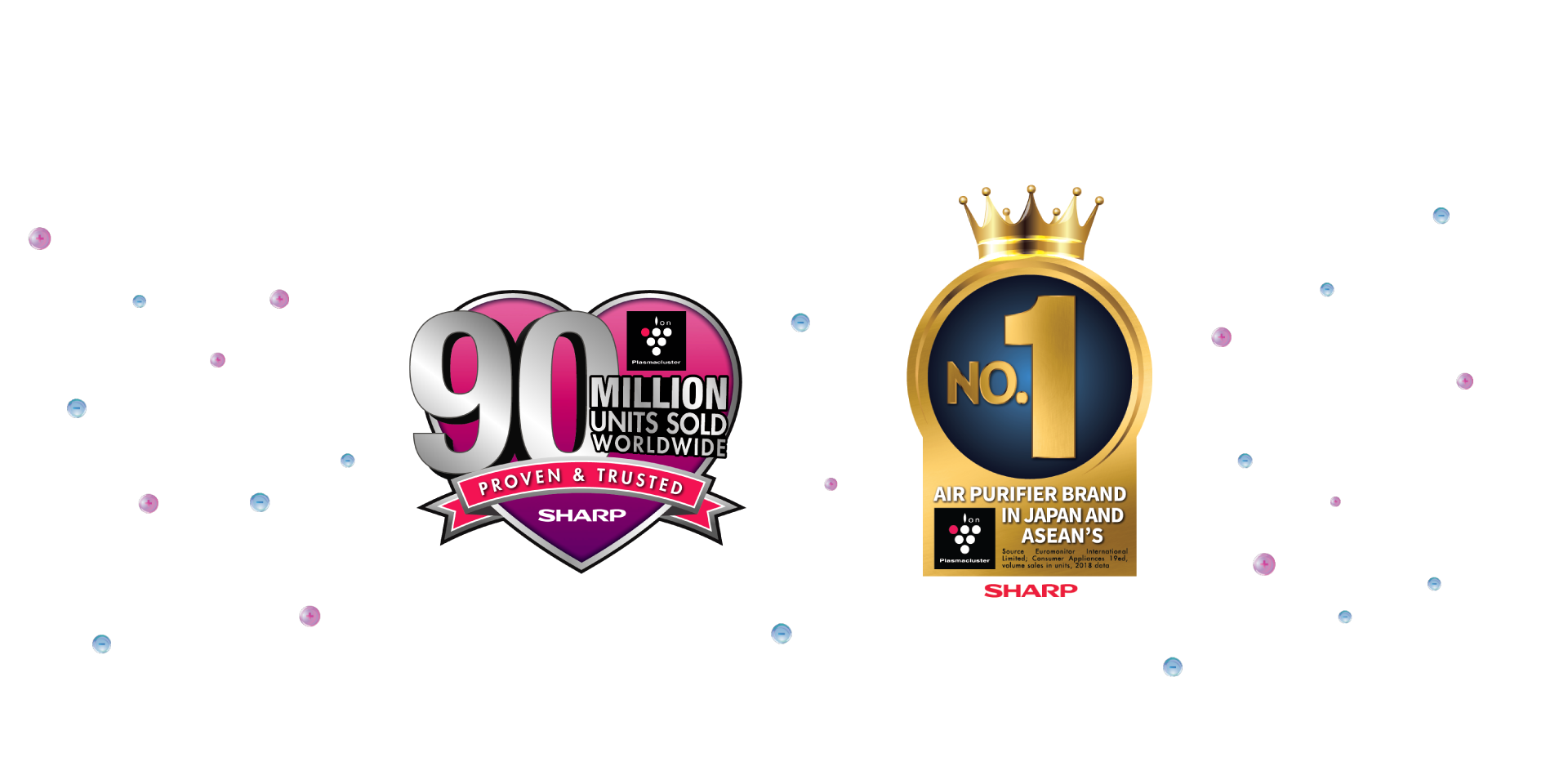
*Total shipments of product worldwide equipped with Plasmacluster technology, as well as Plasmacluster ion generators, from October 2000 to the end of June 2020.
*Source Euromonitor International Limited; Consumer Appliances 20ed, volume sales in units, 2019 data.
Plasmacluster Technology has been Applied
in a Wide Range of Location and Industries
Plasmacluster Ion technology is recognized and used across a wide range of industries. Sharp has expanded the Plasmacluster Ion technology to the following industries:

Bathroom
Toilet
Ventilation System
Office
Hospital
Hotel
Factory
Car
Bus
Train
- • The application design may differ from the actual design or be updated as required.
- *1 Airborne Mould • Tested by: Japan Food Research Laboratories • Test method: Performance evaluation test according to voluntary standard HD-131 of the Japan Electrical Manufacturers' Association in a testing space of approx. 25 m3. • Object tested: One type of airborne mould. J Test result: 99% reduction in approx. 14 minutes, tested with a model in the same class as the KI-J101 operating at the High airflow setting. 99% reduction in approx. 49 minutes, tested with a model in the same class as the FP-F30 operating at the High airflow setting.
- *2 Airborne Viruses Object tested by: Pasteur Institute in Ho Chi Minh City, Vietnam • Test method: Performance evaluation test according to voluntary standard JEM 1467 of the Japan Electrical Manufacturers' Association in a testing space of approx. 25 m3. • Object tested: One type of airborne virus. J Test result: 99% reduction in approx. 9 minutes, tested with a model in the same class as the KI-J101 operating at the High airflow setting. 99% reduction in approx.18 minutes, tested with a model in the same class as the FP-F30 operating at the High airflow setting.
- *3 Airborne Microbes • Tested by: Japan Food Research Laboratories • Test method: Performance evaluation test according to voluntary standard HD-131 of the Japan Electrical Manufacturers' Association in a testing space of approx. 25 m3. • Object tested: One type of airborne microbe. J Test result: 99% reduction in approx. 14 minutes, tested with a model in the same class as the KI-J101 operating at the High airflow setting. 99% reduction in approx. 51 minutes, tested with a model in the same class as the FP-F30 operating at the High airflow setting.
- *4 Airborne Allergens from Dust Mite Feces and Remains • Tested by: ITEA Inc. • Test method: Allergens from dust mite feces and remains were suspended in the air in a testing space of approx. 25 m3 and measured using the ELISA method. J Test result: 99% reduction in approx. 14 minutes, tested with a model in the same class as the KI-J101 operating at the High airflow setting. 99% reduction in approx. 51 minutes, tested with a model in the same class as the FP-F30 operating at the High airflow setting.
- *5 Airborne Pollen Allergens • Tested by: ITEA Inc. • Test method: Allergens from pollen were suspended in the air in a testing space of approx. 25 m3 and measured using the ELISA method. • Test result: Reduction in approx. 16 minutes, tested with a model in the same class as the KI-J101 at the High airflow setting. Reduction in approx. 29 minutes, tested with a model in the same class as the FP-F30 operating at the High airflow setting.
- *6 Adhering Mould • Tested by: Shokukanken Inc. • Test method: Comparison of mould growth areas on a test plate with adhered mould with reference to JIS Z 2911. J Test result: Limitation of growth after 3 days. Tested with a model in the same class as the FP-J60 operating at the High airflow setting.
- *7 Adhering Viruses • Tested by: Shokukanken Inc. • Test method: Performance evaluation test according to voluntary standard JEM 1467 of the Japan Electrical Manufacturers' Association in a testing space of approx. 25 m3. • Object tested: One type of adhering virus. J Test result: 99% reduction in approx. 7.5 hours. Tested with a model in the same class as the KI-J101 at the Turbo airflow setting. 99% reduction in approx. 10 hours. Tested with a model in the same class as the FP-J60 operating at the High airflow setting.
- *8 Adhering Odour-causing Bacteria • Tested by Japan Food Research Laboratories • Test method: Bacteria removal rate was calculated with one type of odour-causing bacteria adhering to a specimen in a testing space of approx. 28 m3. J Test result: 99% reduction in approx. 9 days tested with a model in the same class as the KI-J101 at the Med airflow setting.
- *9 Adhering Pollen Allergens • Tested by Biostir Inc. • Test method: Allergens were measured using the ELISA method with pollen allergens adhering to a specimen in a testing space of approx. 21 m3. J Test result: Limitation was confirmed after approx. 24 hours tested with a model in the same class as the KI-101 at the Low airflow setting.
- *10 Adhering Bacteria Causing Pet Skin Diseases • Tested by Japan Food Research Laboratories • Test method: Bacteria removal rate was calculated with one type of bacteria particular to dog skin in a testing space of approx. 28 m3. J Test result: 99% reduction in approx. 20 days tested with a model in the same class as the KI-J101 at the Med airflow setting.
- *11 Static Electricity • Tested by: Sharp • Test method: Measurement of time required for a metal sensing plate charged to 5 kV to decrease in charge to 0.5 kV. J Test result: After approx. 1.4 minutes for a model is the same class as the KI-J101, approx. 2.7 minutes for a model in the same class as the FP-J60 and approx. 13 minutes for a model in the same class as the FP-F30.
- *12 Clinging Cigarette Odour • Tested by: Sharp • Test method: The effectiveness of deodorising a cloth swatch impregnated with cigarette odour components was evaluated by using the six-level odour intensity indication method. J Test result: Deodorised to unnoticeable levels after approx. 30 minutes for a model is the same class as the KI-J101, approx. 55 minutes for a model in the same class as the FP-J60 and approx. 90 minutes for a model in the same class as the FP-F30.
- *13 Adhering Excrement Odour • Tested by: Sharp • Test method: The effectiveness of deodorising a cloth swatch impregnated with excrement odour components was evaluated by using the six-level odour intensity indication method. J Test result: Deodorised to unnoticeable levels after approx. 6 hours for a model in the same class as the KI-J101.
- *14 Sweat Odour Clinging to Clothing • Tested by: Sharp • Test method: The effectiveness of deodorising a cloth swatch impregnated with sweat odour components was evaluated by using the six-level odour intensity indication method. J Test result: Deodorised to unnoticeable level in about 6 hours. Tested with a model in the same class as the FP-F30.
- *15 Damp-dry Odour on Clothes Drying Indoors • Tested by: Sharp • Test method: The effectiveness of deodorising a cloth swatch impregnated with damp-dry odour components on clothes drying indoors was evaluated by using the six-level odour intensity indication method. J Test result: Deodorised to unnoticeable level in approx. 3 hours. Tested with a model in the same class as the FP-F30 operating.
- *16 Skin-Beautifying Effects • Tested by: Soiken Inc. • Subjects tested: 21 women, ages 36 to 63 • Temperature: Approx. 25° C, Humidity: Approx. 45% • Test method: Measurement of skin moisture levels at the corners of the eyes of subjects at rest. J Test result: An effect of providing luster to skin after 20 minutes of operation was verified. Tested with a model in the same class as the FP-J60 operating with humidifying air purification at the Med setting.

